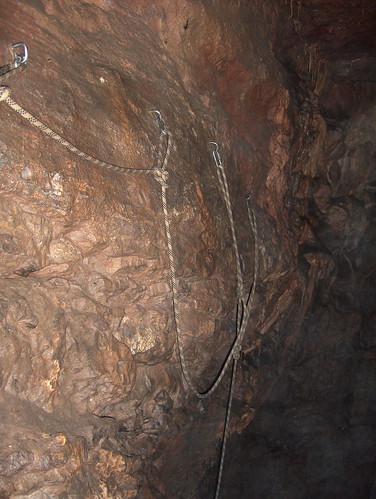In response to the OP and off the top of my head:-
Some of the SRT equipment has become more miniaturised, such as the Croll and Basic jammers - 30% smaller but 40% stronger.
Stops remain pretty much the same; Pantins have been around for more than 25 years so they're not new but certainly have a greater fanbase than previously - they, too, are now miniaturised by comparison with the earlier models.
SRT harnesses - there's loads more choice now; central connector options include triact-locking and screwgate Omni; the descender connector Freino has largely replaced the Raumer Handy.
Factory-made cowstails are available, such as Spelegyca and others; the Alpine SRT layout (French) differs from the UK insofar as it does away with the separate connector to the footloop and instead utilises the long cowstail as the footloop connector - since mid rope rescue has changed a lot the supposed benefit of the footloop connector for 2:1 deadlift ascension is largely redundant; rope cutting is far more commonplace in rescue scenarios - using cord instead of a knife to sever the rope for safety (i.e. avoiding stabbing people!) is commonplace.
Comfortable adjustable bra-style chest harnesses have replaced the 3m of tape which used to be standard issue.
Micro-, mini- and pro-traxions have revolutionised rescue, especially pitch head hauling.
Micro-ascenders such as the kong and ropeman have (not entirely though) replaced the fiddlesomeness of prusik loops.
Class L ropes such as Beal 8mm mean a solo SRT caver can now carry enough gear to descend 1,000ft shafts without dying of exhaustion and a range of super-light rigging techniques, bolts, plates etc. are finding greater currency than ever before.
Near-full-strength micro-carabiners are also becoming commonly incorporated in rigging and personal SRT rigs.
We've yet to see titanium micro-descenders for use on 7mm and 8mm ropes but I reckon if they don't already exist they will do within five years.
Having said all that, you'll still routinely bump into many cavers whose SRT gear hasn't changed one jot; some still use their original set of cowstails. After all, it stands to reason that if it hasn't broken yet then obviously it never will.




